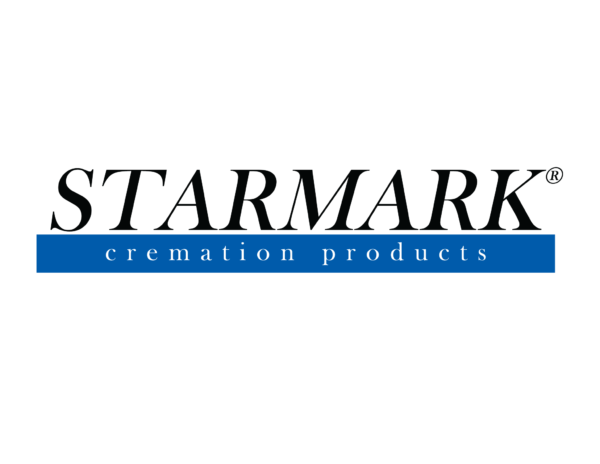Time Magazine Explains Why Death Services Are Suddenly Booming
Article by Ryan Vlastelica, Reuters
Baby boomers have a lot to do with it.
Companies that provide end-of-life services stand to benefit from what boils down to a macabre version of high demand as the U.S. baby boom generation approaches their seventies.
Roughly 2.6 million people died in the United States in 2014, up from 2.47 million in 2010, according to the Center for Disease Control, and demographic trends indicate that number will continue to rise.
Service Corp International, which operates funeral homes and cemeteries, has been a prime beneficiary of the aging population. Its shares have risen 27.7% in 2015 through Thursday’s close, on track for its sixth straight annual gain of more than 20%.
Among smaller peers with market caps below $1 billion, StoneMor Partners was up 16.4% year-to-date, easily outpacing the S&P 500’s 3% rise. Carriage Services was up 19.4% and on track for its seventh straight annual increase.
“The demographic trend will probably last a couple of decades,” said Charles Sizemore, chief investment officer of Sizemore Capital Management in Dallas, who owns StoneMor shares. “It’s morbid, but the time will come for every boomer, and the result of that is a very good backdrop for these companies.”
According to the National Funeral Directors Association, the median U.S. funeral cost $7,045 in 2012, the most recent year for which data is available. A cremation can cost less than half of that.
The NFDA projects 48.2% of 2015 services will be cremations while 45.8% will be burials. By 2030, though, it estimates that 70.6% of services will be cremations while fewer than 25% be burials.
“An urn is certainly cheaper than a burial plot,” Sizemore said, “but even if a larger proportion opts for cremation, there will be business for everyone, given the sheer number of deaths coming down the pipeline.”
The popularity of cremations could already be having an impact on other death-related companies. Matthews International Corp, which makes memorialization products like tombstones, is up 3.4% this year, underperforming Carriage and StoneMor. Hillenbrand Inc, whose Batesville Casket Co subsidiary makes coffins, is down 9.2%.
Also of concern for investors is the size of the companies. Not only do most have small market caps, but the group also tends to be thinly traded, making it difficult to buy and sell quickly.
While Service Corp’s 50-day average volume exceeds 1.1 million shares, the others trade well below that. Typically, fewer than 100,000 Matthews shares change hands daily.
“I understand the aging demographic thesis for this group, but they’re not nearly as liquid as I’d like,” said Adam Sarhan, chief executive officer of Sarhan Capital in New York. Sarhan closed out a position in Service Corp in March, saying it hit his target to take profits.
“These all look like strong stocks, and I’d expect all of them to see strong revenue growth,” he said, “but it is really tough to move serious money in and out when they trade this little.”
The biggest threat is not life-extending advances in medical technology, but instead a growing trend toward cremation, which is cheaper, Sizemore said.




